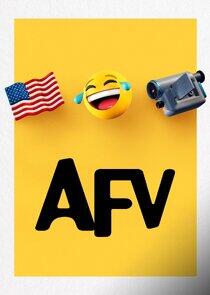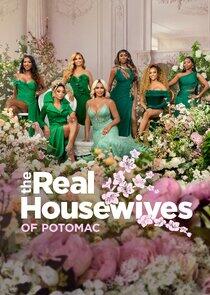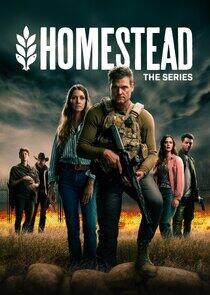Recent Episodes
| Episode | Name | Airdate |
|---|---|---|
| S01E08 | Episode 8 | oct. 25, 2012 |
| S01E07 | Episode 7 | oct. 18, 2012 |
| S01E06 | Episode 6 | oct. 11, 2012 |
| S01E05 | Episode 5 | oct. 4, 2012 |
| S01E04 | Episode 4 | sept. 27, 2012 |
Frequently Asked Questions Warning: Spoilers
What are the names of the historians who host the show, 'Wartime Farm'?
Ruth Goodman, Alex Langlands, and Peter Ginn are the historians who host 'Wartime Farm'.
What is the premise of 'Wartime Farm'?
'Wartime Farm' is a historical television series that explores how farmers in the United Kingdom coped with food shortages during World War II.
When and where did 'Wartime Farm' premiere?
'Wartime Farm' premiered on September 6, 2012, on BBC Two in the United Kingdom.
What was the objective of the government\u2019s \u201cDig for Victory\u201d campaign during World War II?
The government\u2019s \u201cDig for Victory\u201d campaign during World War II aimed to encourage citizens to grow their own produce and reduce the reliance on imported food.
Why was rationing introduced during World War II in the UK?
Rationing was introduced during World War II in the UK to deal with shortages of food and other essential goods.
What was the purpose of the Land Army during World War II?
The Land Army was established during World War II to provide a workforce for farming and agriculture. The program employed women and girls to work on farms and play their part in the war effort.
What were some of the common substitutes for sugar during World War II rationing?
Some of the common substitutes for sugar during World War II rationing were saccharin, honey, and treacle or golden syrup.
How did farmers cope with the shortage of labor during World War II?
Farmers coped with the shortage of labor during World War II by utilizing new machinery, such as tractors, and employing prisoners of war.
How did the government encourage people to repair their clothing instead of throwing it away during World War II?
The government encouraged people to repair their clothing instead of throwing it away during World War II by issuing a slogan, "Make Do and Mend", which became a popular catchphrase.
Cast
View all castCharacters
View all charactersRecently Updated Shows
Recently updated shows that might be of your interest.
* This is an affiliate link. If you click and purchase, we will receive a commission from the provider. This will not incur any additional costs for you and you will support our project. We thank you for your support!











